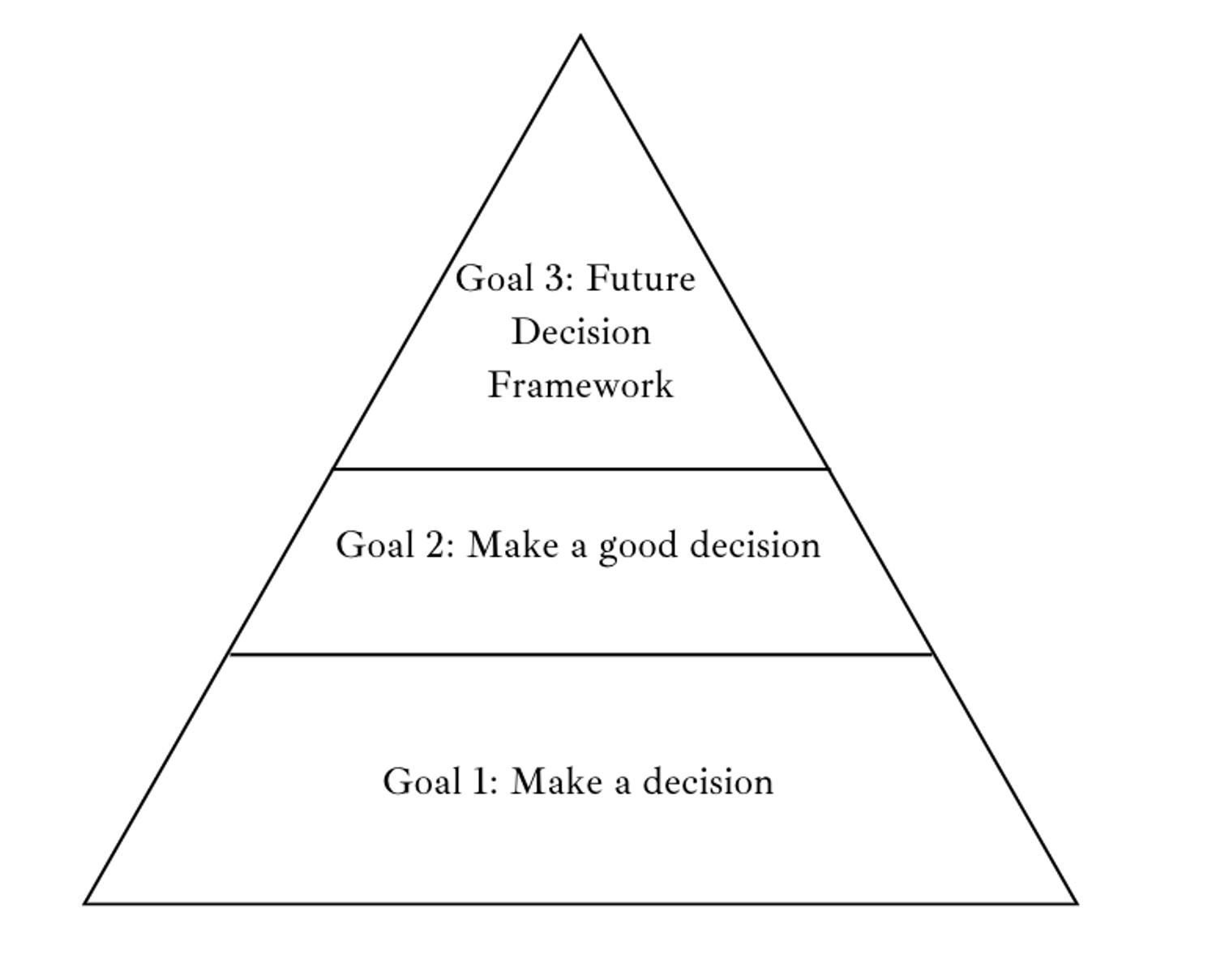
8 minute read
IOLTA COMPLIANCE
IOLTA compliance is essential for lawyers and law firms to ensure funds held in trust on behalf of clients are managed properly. Failure to adhere to the rules of professional conduct as well as implement best practices can lead to significant legal action, so it’s important that lawyers take IOLTA account compliance seriously and follow all relevant rules and regulations. Here are some of the best tips for proper IOLTA account compliance:
1. Keep accurate records: Accurate records are essential for IOLTA compliance. Make sure you keep detailed records on all transactions related to any client deposit or payment; this includes recording the date, amount received, type of payment, client name, description of services provided and method of payment. Be sure to properly document every financial transaction related to a client’s money as well.
Advertisement
2. Reconcile bank statements: Regularly reconcile your trust account bank statements with your receivable invoices, especially if there is any activity involving client funds. It’s also important to check for errors and omissions in accounting entries which may lead to discrepancies in the amounts billed or collected from clients.
3. Monitor suspicious activity: Keep an eye out for any suspicious activity involving client funds; this could include transactions that appear to be intended for personal gain rather than for the interests of the clients themselves. If something doesn’t seem right, report it immediately so that appropriate corrective action can be taken quickly and appropriately.
4. Create internal controls: Create internal controls over how monies are deposited and withdrawn from the attorney’s trust account so that only authorized personnel have access to these resources and there is accountability throughout the process. Make sure policies are written clearly and updated regularly so everyone involved understands their respective roles in managing trust accounts correctly.
5. Segregate funds appropriately: Make sure you have separate trust accounts - one for each active matter at any given time - in order to ensure that all legal action ever become necessary or other scenarios arise requiring investigation into an individual account balance/activity history.. monies belonging to a particular client go into its own designated account where they can be easily tracked if necessary later on down the line should
6. Promptly return unused balances: Once a case has been completed or terminated, make sure all remaining funds in the attorney’s trust account are promptly returned to the respective rightful parties or owners – usually within 30 days after notice of termination or completion of a legal matter has been provided by either party involved.. And do not forget about unclaimed funds which must be turned over according to state deadlines!
7. Investigate errors quickly: If errors occur in accounting or bookkeeping associated with an attorney’s trust accounts, make sure prompt corrective action is taken and fully documented as soon as possible after discovery so mistakes don’t happen again down-theline due to miscommunication between team members.. Take whatever steps necessary (including hiring external consultants if needed) in order ensure timely resolution of discrepancies involving reports tracking revenue earned/cash-flow generated through services rendered by attorneys managed under those same accounts being audited/reviewed currently..
Overall, it’s clear why IOLTA compliance is so important - it’s essential that lawyers follow rules and regulations when handling funds held in trust on behalf of their clients, both through adhering strictly with the rules of professional conduct as well as implementing best practices such as those mentioned above!
Jayden Doye, Prestige Accounting Solutions
Ihave been a consultant since 2017, working with lawyers and law firm owners. The wild thing about working with lawyers, no matter how much money they make or how long they’ve been in practice, is this: there’s always intense anxiety and discomfort with making decisions:
1. Do we invest in SEO?
2. Do we need a new logo?
3. Should we change the bonus structure?
4. Are we going to promote new partners this year?
The list goes on.
Maybe you delay deciding, sit on the fence, and don’t decide. And then, the opportunity disappears, OR your hand is forced, and someone or something else makes this decision for you.
Scientists say we make around 35,000 decisions each day. And yet, we never learned how to make decisions.
There wasn’t a class called: Decision Making 101
In college, there was Economics, Calculus, 20th Century Authors, and Biology 101, but no Decision Making.
Then in law school there was: Civil Procedure, Criminal Law, and Constitutional Law. But no: Decision Making for Lawyers.
As lawyers and law firm owners in 2023, you need a framework to help you make decisions regarding your law firm.
How do you make decisions? And taking it one step further, how do you make GOOD decisions? And at the apex, how do you establish a framework to help you make your future decisions?
Every top executive, whether it’s Bezos or Cook, has created a decision-making framework that works for them through coaching and, of course, expensive wrong decisions.
If you were to search on Google “decisionmaking framework” or “how to make decisions,” you would be bombarded with a series of diagrams, graphs, and jargon-y words. You now have to decide what to click on and spend your time reading. So I understand why it’s easy to say: “forget it” and not make a decision.
That’s why I created the decision-making framework below. Make the decision. Move on with life.
The mental brain energy that not making a decision carries is exhausting. I speak from personal experience and my experience as a business consultant and lawyer.
People don’t make decisions. It’s hard. It’s scary. It’s uncomfortable. Until now.
Give me a few minutes of your time, and I’ll get you to this goal to the right:
Before we get to the framework you will use before you make a decision, it’s important to know two things:
1. Not all decisions you make are lifechanging for your law firm, and some are unimportant. This means that not all decisions are equal. For example, where to hold your annual holiday party is not an important decision. You don’t need to go through a decision matrix or even make this decision yourself, it’s something you can assign to someone else.
2. Not all decisions are permanent, meaning that almost every decision is reversible (even when a contract is involved!) Before you stop reading this and dismiss me together, remember: you can decide to get married and get divorced, start a business and dissolve a business, or rent office space and then sublease it out to another tenant. Decisions are reversible.
Below are the questions that form a decision tree around decision-making. You can use this to help you make personal decisions in your life and to make professional decisions. I’ll take you through a few examples once we go through this as an abstract idea.

Question 1: Is this an important decision?
- Simple enough, but can be complicated.
Question 2: Am I the only one who can make this decision? Or can someone else?
- This is an underlying assumption we want to tackle early on. Because if someone else can decide this, or if someone else should decide, then let’s step back and let them. Save your brain energy for the things only you can decide.
Question 3: Do I need to make this decision now? If not, when do I need to make this decision?
- Here’s another assumption when making decisions. We exhaust ourselves by thinking we need to make a decision right now, but it’s not a decision that needs to be made for some time or without A and B happening first. Let’s wait until then; cross that bridge when you get there.
Question 4: Do I have the funds right now for this decision?
- It’s essential to ask this question early on. We as humans, want to make decisions without having all of the financial funds in place. Investing in a coach by taking out a loan? Hiring an employee without having 3 months’ salary saved up before hiring? These decisions can impact you and your business.

Question 5: Is this decision easily reversible? If not, can I make it reversible?
- Expand your mind here. If you’re at the grocery store or bodega, it’s easy to grab an orange and swap it for an apple. Whatever you decide isn’t forever and can be reversed. This will make more sense with the illustrated examples.
Question 6: Do I have at least 70% of the information I need to decide now?
- You may never have 100% of the information you need to decide. Sometimes it’s enough to decide based on having most of the information you need. Waiting on 100% information is almost like deciding with 100% certainty. Waiting for 100% information is really delaying the decision or causing analysis paralysis.
Question 7: One year from now, will I regret not making this decision?
- We often try to make decisions to see how they will affect us now. The impact of our decisions is long-lasting, especially when you have come this far down the decision tree. We must ask our future self: will I regret making this decision? And regret oftentimes can help with making the right decision.
Question 8: Does this decision fit with our other goals?
- Decisions don’t live in a vacuum. They effect other things in our lives and it’s important to make sure that it fits in with the other goals.
Question 9: What would I say to someone else in my position?
- We love dishing out advice, and this question asks you to do that. What would you tell someone else to do if they were in a similar position? Take your own advice.
Question 10: If I make this decision, what am I optimizing? Time or money?
- When we make the right decisions, they optimize time or money. The wrong decision will optimize neither, or it will do so at a significant cost to you.
Question 11: Is this energy-creating or energy-draining?
- This is one of the questions we ask to make the right decision. It’s one of the questions that only you can answer based on your preference and what you know about yourself. Is this going to give you energy or take energy away? Remember: energy is more limited than the number of hours a day.
Question 12: Do I want to be someone who does this (decision)?
- We’re starting to focus here on your values: are you someone who wants to do this thing? Is this in line with who you are as an individual?
Question 13: Am I making this decision because of perception?
- From my experience, this helps many people get to the heart of their true motivation. Often, we’re doing things because of how we want to be seen and not necessarily what’s right for us at our core. This question keeps you honest and authentic.
Question 14: Worst case: what is the greatest financial loss or time loss?
- Now, we can evaluate the worstcase scenario at the bottom of the decision tree. Often, we go through this entire analysis by thinking about the worst-case scenario FIRST. But, we jump past whether this is the right decision for us. By coming to this last, we can start to get an idea of whether the potential loss is worth the risk of making the decision.
What are the alternative choices?
1.
2.
The next time you are making a decision, give this framework a go. To get your digital copy, you can find it in full here: www.ws-lawyers. com/decisions









